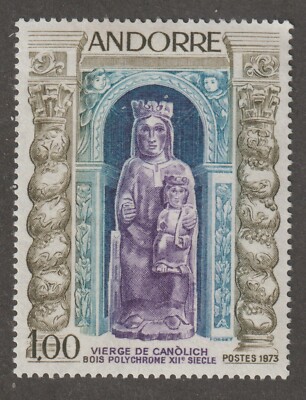
Introduction: The Significance of Guam
Guam, an unincorporated territory of the United States, serves as a vital hub in the Pacific Ocean, known for its rich cultural heritage and stunning natural landscapes. With its unique blend of Chamorro and American influences, Guam attracts tourists from around the globe while playing a key role in U.S. military strategy in the region. Understanding Guam is crucial, not only for its tourism potential but also for its geopolitical significance in the midst of rising tensions in Asia-Pacific.
Current Events: Tourism Resurgence Post-Pandemic
As the world emerges from the COVID-19 pandemic, Guam’s tourism industry is experiencing a rapid rebound. With travel restrictions lifting, Guam has seen a surge of visitors, primarily from South Korea and Japan, which are its main tourist markets. According to the Guam Visitors Bureau, tourist arrivals have increased by 30% compared to the previous year, signalling a strong recovery—though still below pre-pandemic levels. The territory’s stunning beaches, historical sites, and hospitable culture are drawing travelers seeking both relaxation and adventure.
Military Significance
In addition to its tourism sector, Guam holds significant military value for the U.S. It houses significant naval and air force bases, which are pivotal for operations throughout the Pacific region. Recent developments indicate an increase in military presence as tensions in East Asia rise. The Defense Department’s plans to expand facilities and collaborations in Guam are underway, which may lead to economic growth but raises concerns among locals about environmental and social impacts.
Cultural Heritage and Diversity
Guam’s cultural identity is rich and varied, with the Chamorro people constituting the majority. The island celebrates numerous cultural festivals, such as the Fiesta and the Guam Micronesia Island Fair, highlighting its indigenous traditions, culinary diversity, and artistic expressions. Additionally, residents take pride in their unique blend of Asian and Western cultures, which shapes their hospitality and community spirit.
Conclusion: Future Prospects for Guam
Guam stands at a crossroads of opportunity and challenge as it seeks to balance its tourism rebound with its strategic military role. The growth in tourist numbers could provide much-needed economic stability, while the increased military activity promises to bring both investment and uncertainty. For residents and stakeholders, maintaining Guam’s cultural integrity amidst these changes will be vital. As the island continues to attract international attention, both for its natural beauty and its geopolitical relevance, the future looks promising, yet complex.


